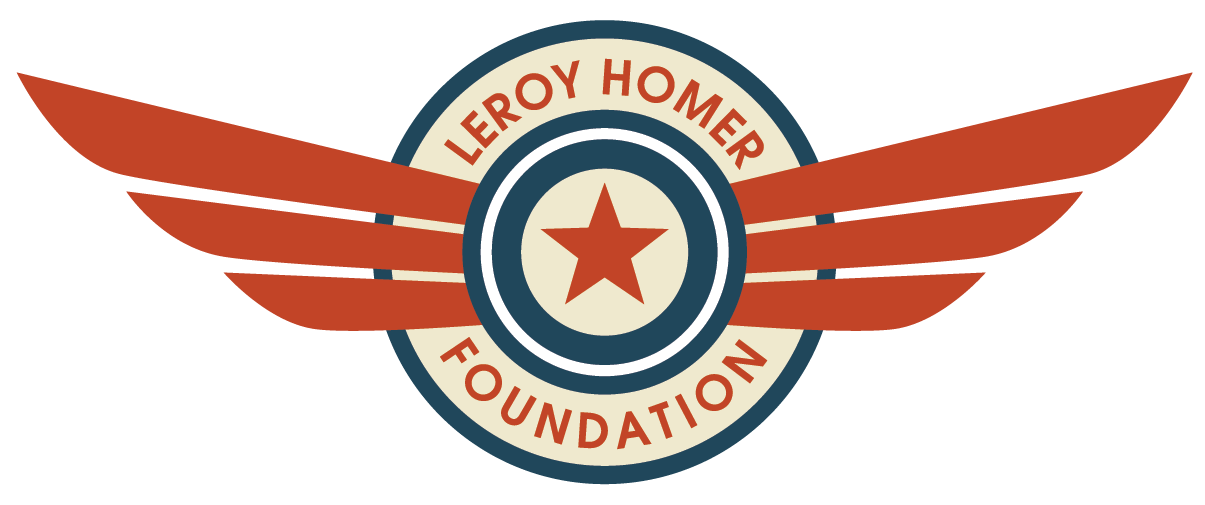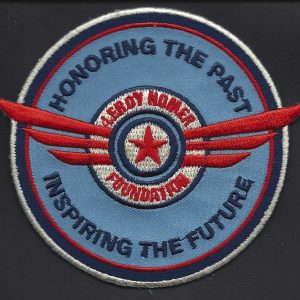A Day in the Life… Josh Mech, CFII for Southern Illinois University
As a flight instructor for Southern Illinois University (SIU), my life revolves around flying. My roommates are all pilots, I have a dog named Boeing, and I’m out at the airport 6-8 hours a day. I love my job and my lifestyle and I know that I made the right choice when I chose aviation as my career.
My day begins at the airport at 8:00 a.m. with a primary flight student working towards his private pilot certification. SIU breaks up the private pilot course into 3 checkrides and my student is a few flights away from going on his navigation check, the 2nd of the 3 checkrides. I’m thinking that the plan for today is to put him under the foggles, (a view limiting device to simulate flying in clouds and poor visibility) get him lost and see if he can figure out his way back to the Carbondale airport. The beginning of the flight goes well and I get him disoriented before I allow him to take off the foggles and look outside. At this point we are somewhere over Kentucky and he has absolutely no idea where we are. The first thing he does is plugs in “Carbondale” into the GPS and programs it to take him directly back to the airport. Alas, I, being the cruel flight instructor I am, promptly failed his GPS. My student then resorts to his lost procedures and begins to triangulate his position using VORs. Then, to make matters interesting I slowly pull his power out to simulate an impending engine failure. After catching my tantalizing hints my student finally figures out what I want him to do. Divert to the nearest airport. After looking at his map and seeing some key features he finally points his nose in the direction of the Mississippi County airport in Missouri and has an uneventful landing there with no engine power on a very short runway.
Looking at my watch while on the ground in Missouri I realized that I only had an hour and 15 minutes until my next class! I yelped and told my student to go full power back to Carbondale. The flight back was uneventful, with my student finding checkpoints and navigating by using his map which I was pleased to see. . . however, I may have gotten a few extra gray hairs with his landing that was less than ideal. After completing the lesson, I dashed off to class on campus which is a five mile drive from the airport. I made my geography class with a few minutes to spare. I may have been in class physically but my mind was still going over the flight and what I could do to improve my student’s piloting skills.
After geography I went over to the library to study for my next class – meteorology. Meteorology is actually my easiest class since many of the weather concepts covered I already knew from my commercial training and my flight instructor training. The sad thing is that two of my students are actually in that same class that I am, which was awkward at first until they both realized that I already knew the material and that the only reason I was in the class was that it was required and I did most of my flight work before doing my general education classes on campus.
After meteorology, I zipped back out to the airport to prepare for my 3:00p.m. commercial student. For him, it’s all about perfecting his maneuvers and working on the little things. He is a good pilot but sometimes distractions get to him and my goal for this flight was to cut back on the distractions and to make sure he remembers to do the checklist! On this particular flight the main issue was his coordination with the flight controls. Coordination is an essential skill that sometimes gets overlooked in training. Bad coordination such as skidding or slipping through the air can make passengers feel nauseous. In small airplanes, there is an instrument called an inclinometer which has a ball located in a small tube. When the ball is centered it indicates coordinated flight and happy flight instructors. On this particular day the ball looked like it was playing tennis jumping back and forth between the far right and left. I didn’t say anything hoping that he would catch it and fix it. When he didn’t I randomly started tapping on the rudder. (The flight control surface used to fix coordination) This went on for 5 minutes until my student couldn’t stand it any more and asked why in the world I was tapping on the rudder. All I had to do was point to his ball and he instantly knew his coordination was off. Needless to say, we didn’t have any more problems with coordination on that flight.
After completing with my 3:00 p.m. student I went out to start preflighting a Cessna 152 for flight team landings practice beginning at 5:00 pm. I am a member of the SIU precision flight team and one event that we practice daily is power on and power off precision landings. On the runway, there are lines painted across the width of the runway and the objective is to land as close as possible to the 0 line. The target box has a line indicating 100 feet short and 200 feet long. On this particular day, my power-on landings were pretty shaky, yet I still managed to get my plane inside the target box with only a few penalties. However, my power-off landings, where you pull the engine power to idle 1000 feet above the target line and glide to a landing were some of my best. I managed to land my plane 5 feet short, 10 feet long and 15 feet long in 3 tries with no penalties.
After landings, I went out to grab a quick bite to eat with the team and then returned to the airport for SCAN practice which began at 7:30 p.m. SCAN, which stands for simulated comprehensive area navigation is another flight team event that I participate in. For SCAN, competitors take a timed test on regulations, cross country planning, and aviation performance calculations. Tonight’s agenda was to study my regulations and go over a previous practice test I had taken the night before with my teammates as well as take a new practice SCAN test. By the time SCAN practice was done, it was 11:00 p.m. and time to go home and start my homework for my on-campus classes. I had “Diversity in American Sport” presentation the following day to prepare for, as well as an aviation safety paper to write. It was 1:00 a.m. by the time I was done and able to go to bed only to wake up at 6:00 a.m. the following morning and do it all over again, with different students, different classes but the same packed schedule.
Josh Mech was a 2009 Foundation scholarship recipient. He is a student at Southern Illinois University, Carbondale, where he also works as a certified flight instructor. Josh recently passed my multi engine commercial flight checkride and will soon start applying to commercial airlines.







Great post and a window into the life of a flight instructor. I’m not sure I want to compete with Josh on power off landings but being a former NIFA competitor I will cheer for his work on SCAN anyway. Keep up the good progress Josh. You are a fine instructor who will teach your students well.